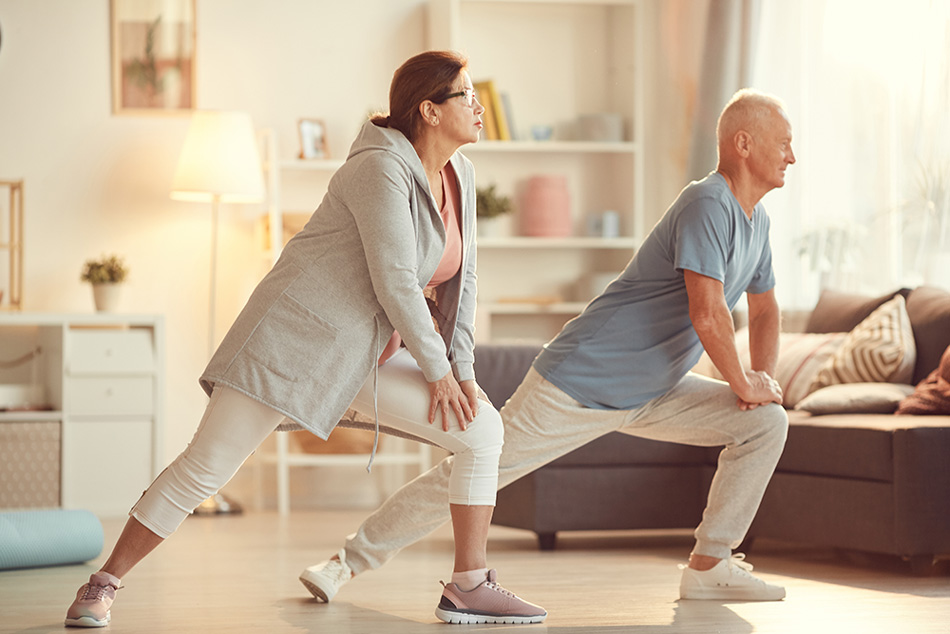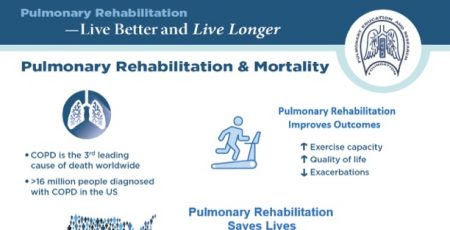
23 Apr Staying Active During Safer-at-Home
In these generation-defining days, we all find ourselves at home, inactive, in front of the computer or TV, tentative to go outside, and perhaps relying on the refrigerator for solace. It’s all too easy to place exercise low down on the priority list. There’s a deadly virus out there. Why should you be worried about exercising? Well, think about this, the average hospital stay for a covid-19 patient is 10 days. Ten days of bed rest, or worse – a stay in the ICU, wreaks havoc on the heart, lungs, and muscle that are accustom to being used to help keep you moving. Keeping your fitness up has never been more important than it is during safer-at-home orders.
In 1966 a seminal research study was conducted at UT Southwestern Medical Center. During the “Dallas Study”, as it has become to be known, 5 young healthy researchers submitted themselves to voluntary bed rest. The participants, all in their mid-20s, were put to bed and were not allowed to get out of bed. No weight bearing was allowed, even to use the bathroom. They continued this for 20 days, which simulated a prolonged stay in the hospital. A the time twenty days in bed was the guidance given to patients who had just had a heart attack.
Before the researchers hung up their running cleats for 20 days, they were put through an extensive array of fitness tests. Heart, muscle, blood, and breathing were measured in all conceivable ways. The maximum ability of the body to take up oxygen during exercise was assessed using a treadmill in the lab – known as the V̇O2max test. In case you don’t know, V̇ stands is for volume per minute; O2 means oxygen; and max, well, that’s fairly self-explanatory, it means maximum. This test quantifies the maximum capacity of lungs, heart, and muscles to take oxygen from the air and use it to make energy to fuel exercise. Marathon runners have a high V̇O2max, whereas patients with heart or lung disease have a low V̇O2max. When V̇O2max is low, exercise becomes difficult and causes shortness of breath, even during mild activities like walking on level ground.
Shortly after the participants in the Dallas Study were allowed to get out of bed and move around, they were tested again. The results were startling. They lost 30% of their V̇O2max in 3 weeks. Their body’s “engine”, that they relied on to perform exercise, shrank by 30% in less than a month. This is like taking the engine out of a Porsche 911 and replacing it with one form a Model T Ford!
If that doesn’t make you worry, think about this, in 1996 the same 5 people who participated in the original Dallas Study had their fitness measured again. This time they were in their mid-50s. There was no bed rest, just the fitness tests. The subject’s V̇O2max in their mid-50s was the same as the value measured after bed rest in their mid-20s. This study showed, in terms of physical fitness, that only 20 days of complete bed rest was equivalent to 30 years of aging!
There has probably never been a more important demonstration of the profound effects that physical inactivity and deconditioning can have on the body. Bed rest caused the loss of the equivalent of 30 years of age…in only 20 days. Allow this to continue and it is easy to see how life-threatening a prolonged period of inactivity can be.
So, how can you keep active during safer-at-home orders? If you are a pulmonary patient and your local pulmonary rehabilitation has closed, the British Lung Foundation has a great set of videos, specially designed for patients with lung diseases to use to exercise at home.
It is important to recognize when to stop exercise and seek help. If unusual breathlessness, fatigue or weakness continues and does not improve with rest or your usual management e.g. oxygen, rescue inhaler or nebulizer, tripod position, then you should contact your pulmonologist or primary care physician. If you get chest pain or chest tightness, muscle pain that does not improve, feel dizzy or faint, get persistent leg pain, weakness, or cramping, or have excessive sweating, more than usual, during exercise, then it is time to seek help. Do not hesitate to contact your doctors; they are quickly adapting to this new age of telehealth communication.
Of course, you also need to watch for signs of covid-19. It is vital that you contact your physician if you experience any of these: fever, tiredness that does not resolve with rest, or a persistent dry cough. Some people also experience aches and pains, runny or congested nose, sore throat or diarrhea.
The Pulmonary Education and Research Foundation is here to provide support to you, especially during this current crisis. You can submit questions and the bottom of this blog post and we will do our best to answer quickly.
Stay safe. Stay well. And keep active!
Harry Rossiter PhD
PERF Board Member





Brenda K Robinson
Posted at 08:29h, 15 AugustFor the past month I have been a huge fan of online classes from LIFT Functional Fitness, and I attend every day. I firmly believe this program is going to help me live longer. I don’t have to get dressed in a mask and gym clothes or drive anywhere It’s all right at home. Awesome for any senior who wants to keep moving but might not like to walk in the humid hot summer outdoors. Fabulous for people with COPD or older folks needing encouragement to exercise.